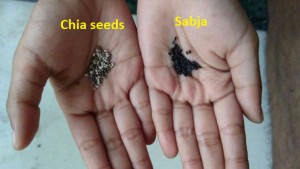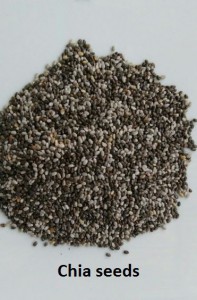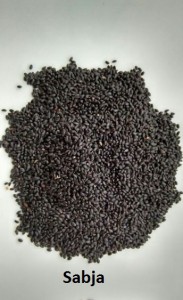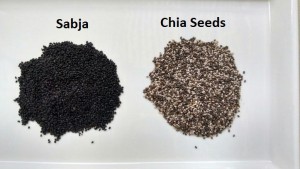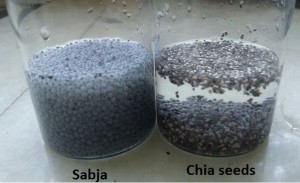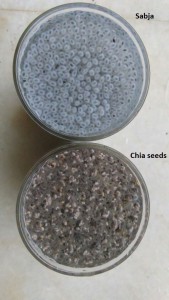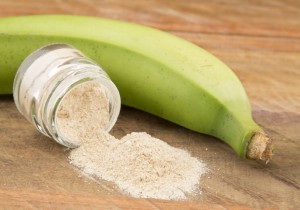
Green banana flour is slowly but steadily joining the superfoods wagon in India due to its numerous health benefits. It is made by drying unripe green bananas and grinding them to a fine powder.
It has a mild nutty taste and is very similar to wheat flour, thus making it an ideal replacement in gluten-free recipes. Since it has a high starch content it allows you to use less flour than required in your everyday recipes. So whenever it is used as an alternative to wheat flour, the quantity of banana flour to be used should be 30% less than the quantity of wheat flour mentioned in the recipe.
One of the primary reasons for the numerous benefits of green banana is the presence of resistant starch in it. Most starches are broken down by enzymes in our small intestine into sugar, which is then absorbed into the blood. However resistant starch is a type of starch that isn’t fully broken down. Instead, it gets fermented in the large intestine and produces short-chain fatty acids (SCFA). SCFA are known to provide a host of benefits such as inhibiting the growth of pathogenic bacteria, promoting colon health, increasing nutrient circulation etc.
Resistant starch is only present in raw green banana. The ripe yellow ones have undergone the natural process of hydrolysis wherein their starch has gotten converted into sugar thus making them sweet to taste.
Some of the benefits of Green Banana flour are:
- Heart health: It is an excellent source of potassium which helps to control the electrical activity of the heart. It also helps lower cholesterol and aids nerve and muscle activity.
- Diabetic friendly: Since the young bananas are picked before they ripen, their sugar content never fully develops. Hence they are lower in natural sugars.
- Ideal for weight watchers: The resistant starch in green bananas slows the release of food through the gut. This slows the insulin response and prevents that sugar spike and consequent sugar crash. Thus, ensuring that we feel fuller for a longer period of time and avoid binging on unhealthy snacks in between meals.
- Aids in digestion: The high content of prebiotic fibre in banana flour helps to support the good bacteria present in the gut, bowel, and colon. This, in turn, promotes a healthy digestion and bowel movement.
- Inhibits the growth of pathogenic bacteria: RS II, (Resistant Starch subtype II) present in green banana flour, breaks down into short chain fatty acids & raises the pH level of the large intestine which creates adverse conditions for pathogenic bacteria while favouring the growth of beneficial bacteria.
- Increases absorption of minerals– especially calcium which can aid in preventing Osteoporosis.
- Promotes colon health: Resistant starch increases faecal bulking which promotes colon health and also acts as a re-hydrating agent for those suffering from diarrhoea
- High in essential minerals and vitamins including zinc, vitamin E, magnesium, and manganese
- Gluten Free: Ideal for those suffering from gluten intolerance especially since it behaves very similar to wheat flour and serves as an ideal replacement in wheat containing recipes.
** Banana flour is available in our GOQii Store
